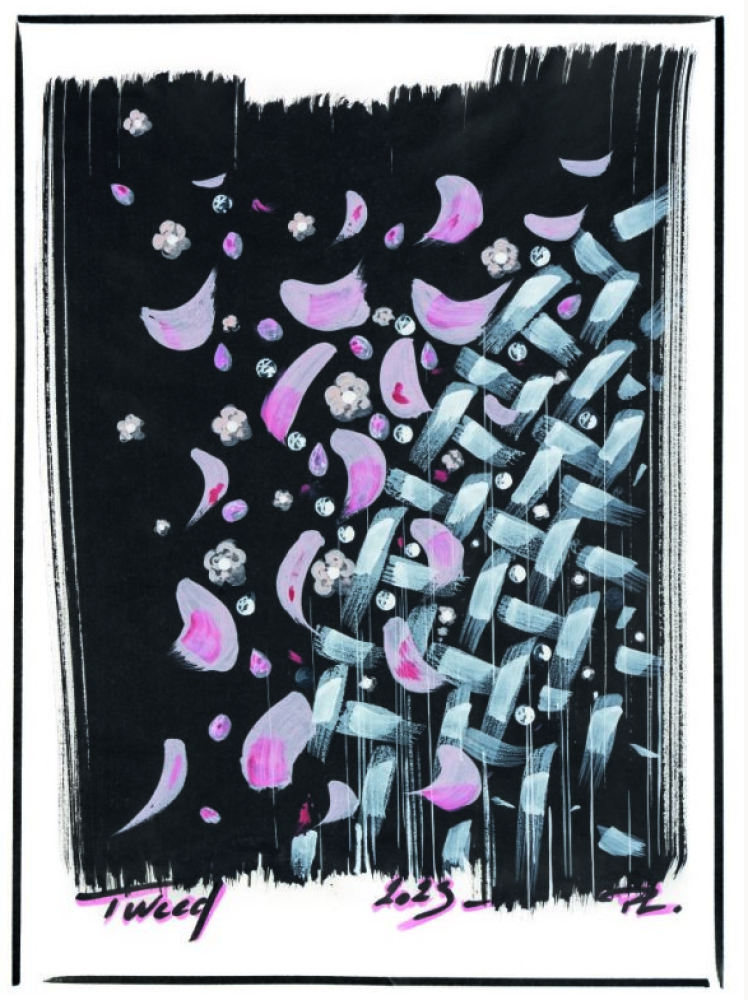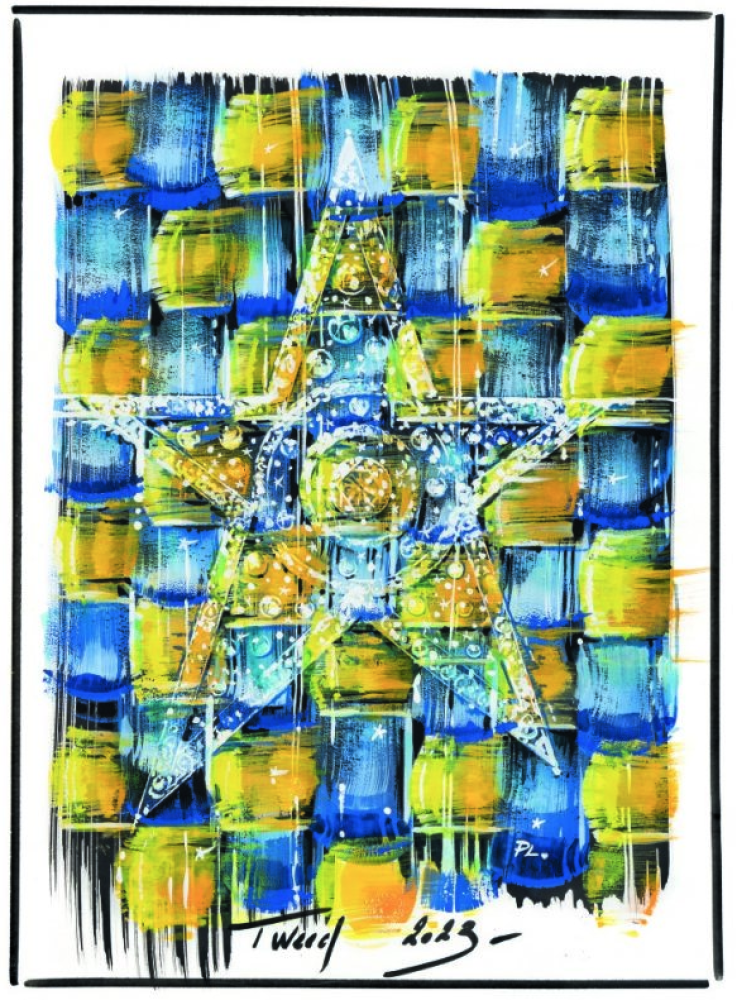Chanel turns jewellery to its signature tweed
Sep 14, 2023
Chanel Haute Joaillerie presents its latest high jewellery collection, Tweed de Chanel. Zaneta Cheng flies to Seoul to witness the transformation of fabric into metal

If it weren’t for Gabrielle Chanel, tweed would probably not have the resonance that it does today. And if it weren’t for a love affair, Chanel probably wouldn’t have been able to transform the woven fabric into the instantly recognisable symbols of style that define her maison today.
During the designer’s affair with the Duke of Westminster in the 1920s, she would go to the verdant hills of Scotland to be with him. And, swept by wind and sun, she would borrow the Duke’s tweed jackets. Woven in myriad different patterns by the Scots, tweed was the fabric most people used to shield themselves against the country’s often harsh climate.
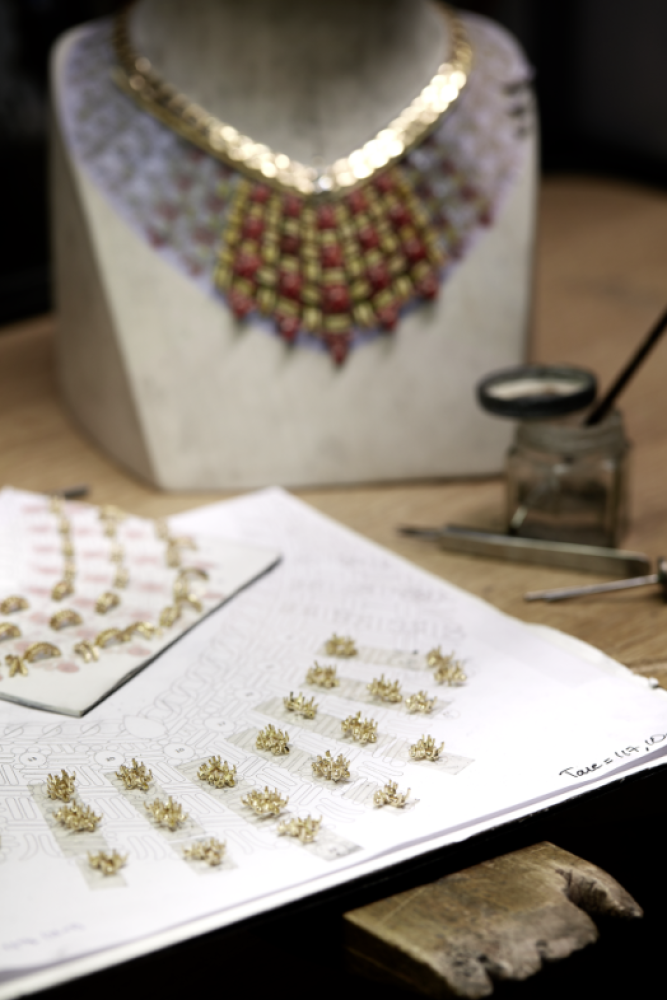
Chanel transformed the fabric into something that took her clientele by storm – producing a light, elegant silhouette that was as comfortable as it was stylish – and baked it into her brand’s design identity.
Walking into the first room of the Tweed de Chanel presentation in Seoul, I’m instantly transported to the wilds of Scotland. Here, Patrice Leguéreau’s 2020 collection dedicated to reinterpreting tweed with metal is laid out for guests to see. A cursory glimpse of the first set of high jewellery pieces shows that three years ago the director of the Chanel Fine Jewellery Creation Studio wanted to achieve the woven quality of the fabric through the intertwining of precious metals. Gemstones were set to complement the undulations of gold and platinum that were plaited to achieve the effect of tweed.
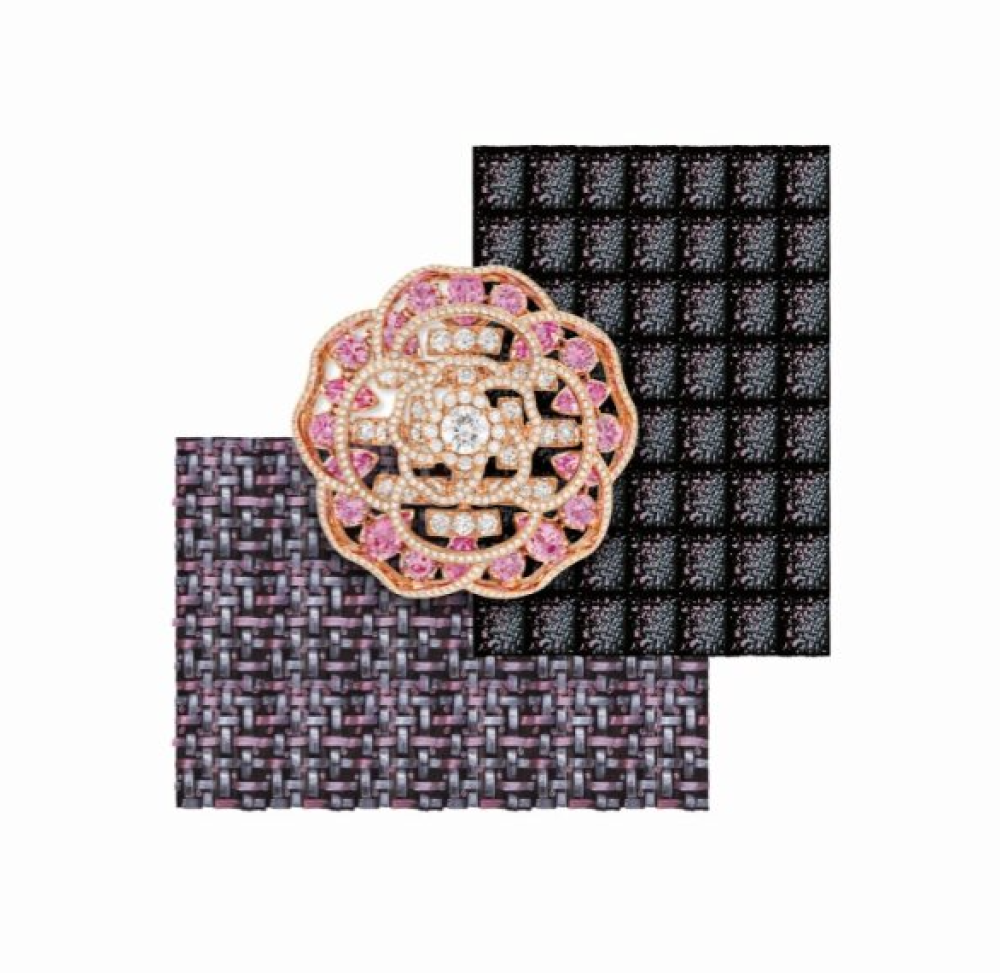
But in Leguéreau’s mind, shortly after the initial collection in 2020, there was room to expand on the different interpretations and expressions of the material through high jewellery. “I really wanted to push the concept further, to carve out a definitive place for this exceptional fabric in the patrimoine (heritage) of high jewellery,” he says. “The idea was to penetrate more deeply into the material, to zoom in on the detail and to enrich this founding theme of the house with even more precious design and craftsmanship. I wanted to weave a tweed from precious stones, to create bolder shapes, to compose a unique story with every piece in the collection, which counts over 60.”
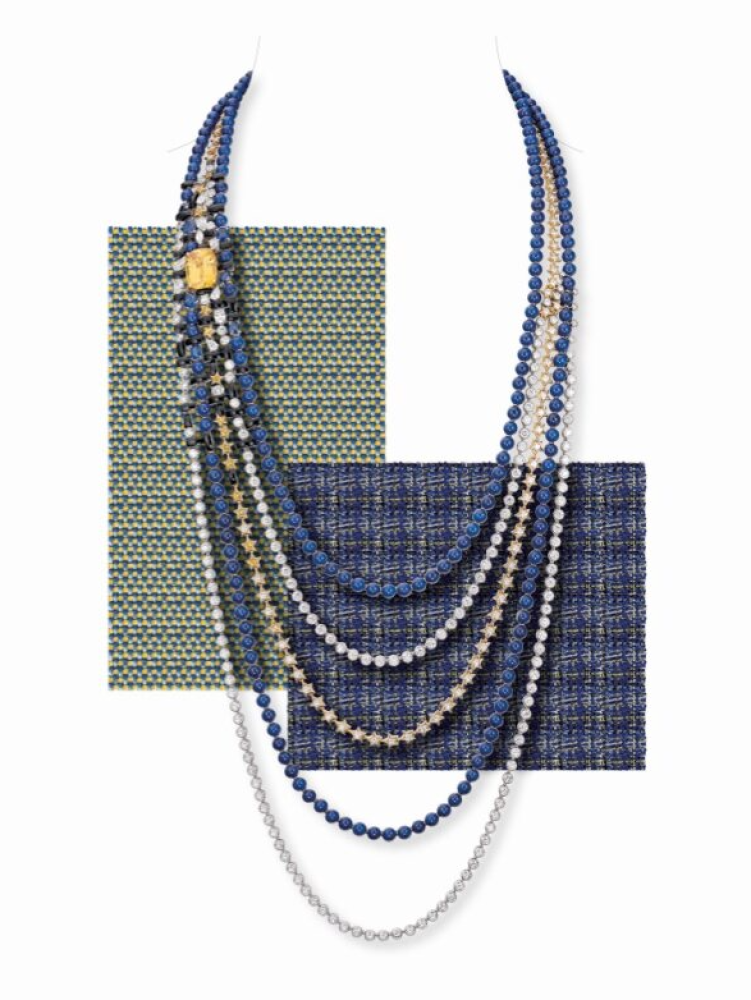
The dream, this time round, was to create tweed through the use of precious stones. The next room in the exhibition lays out the framework for this new vision. There are five chapters – stars, camellia, ribbons, a comet on a blue background, and the yellow sun and lion highlighted with flashes of red – with each representing a motif that is emblematic to the house and dear to its namesake.
“The first of these, Ribbon, celebrates lightness, flexibility, movement and curves, using white materials including pearls, diamonds and white gold,” Leguéreau explains. “Camellia unfurls into a joyous, rose-tinted world of sapphires and spinels. The Star is an exploration of blue in all its shades, from onyx to sapphire to lapis lazuli, with small stars scattered through the tweed like embroideries. The Sun is radiant, with pieces that are bolder and more opulent, paved with gold and a multitude of yellow stones. And finally, the Lion flaunts its unrivalled power in a world where the dominant energy of red creates a tweed of great richness and flamboyance.”
In this collection, the dynamism of a gemstone against its setting is decidedly more pronounced. The Tweed Cambon, a chandelier necklace inspired by those in Gabrielle Chanel’s studio, uses rock crystals that sway with the wearer. Stones jump out against metals, like a surprisingly malleable bracelet inspired by the ribbon motif where pearls appear like droplets, mimicking the nubby quality of tweed.
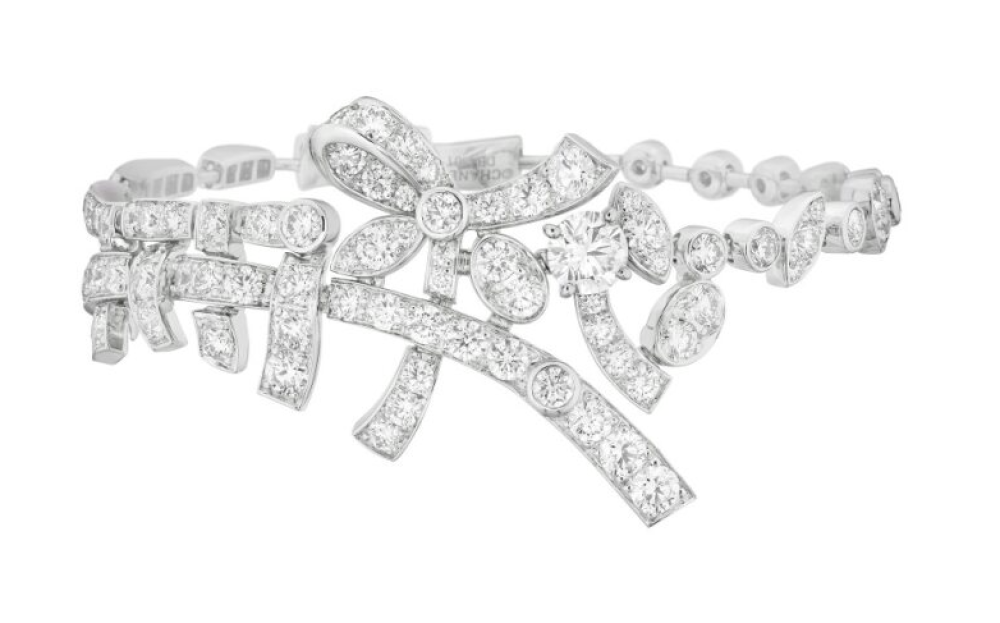
Of course, with such a collection comes exceptional craftsmanship. Leguéreau is at pains to acknowledge the incredible technical skill of the workshops that helped bring the collection to life. “You can’t imagine the ingenuity and inventiveness deployed by the craftspeople in our workshops in reproducing the flexibility and fluidity of the fabric using metal and precious stones. It was a real challenge at times, but our jewellers and gem- setters are hugely skilled at giving truthful expression to creative ideas through finding technical solutions. That said, however, in both collections, I was very determined that the technical prowess employed in the making of these pieces should take second place to their beauty and uniqueness. It was absolutely imperative that the jewellery should be light and comfortable to wear, as if you are being draped with a piece of fabric,” he says.
Each of the necklaces, sautoirs, bracelets, brooches, rings and earrings that comprise the 63 pieces make full use of miniscule hinges, rings, and gold and platinum threads to create the suppleness that Leguéreau refers to. Threads are slipped through each crack and crevice to buff every surface of each piece in order to recreate the fleecy, textured thickness of tweed as well as its suppleness and ease of wear.

The third space, where the actual jewellery is presented, is a series of white walls with coloured lights forming a centrepiece in the middle. There’s no need for it, really. The fire from the stones and the impact of the pieces alone are enough to light up the room.
Also see: Thailand leads the charge in the gemstone business in Asia




























